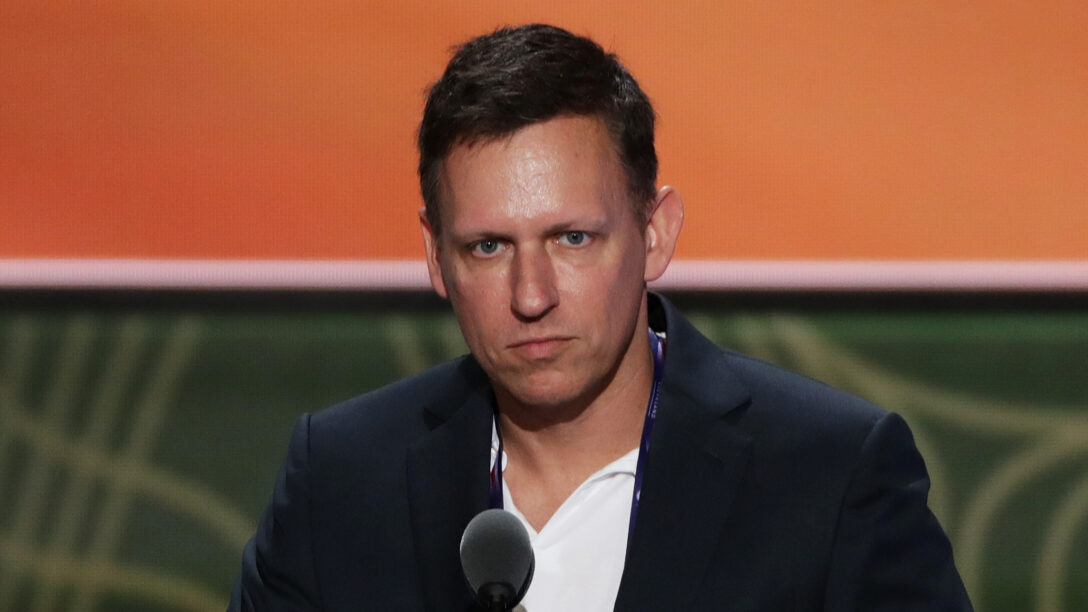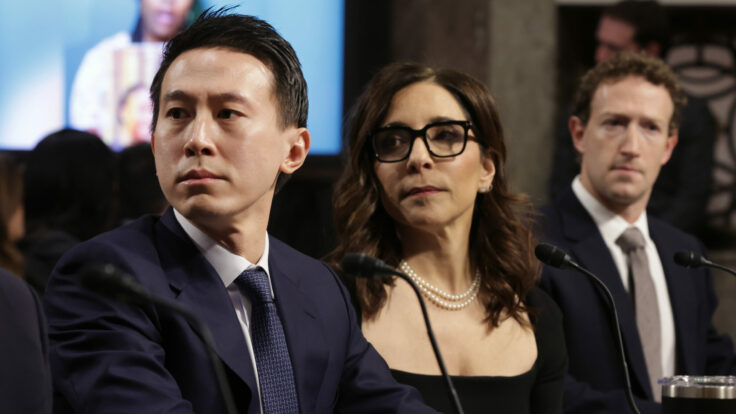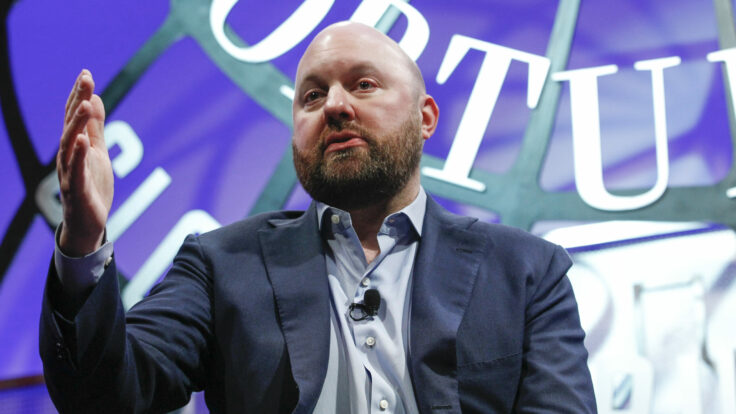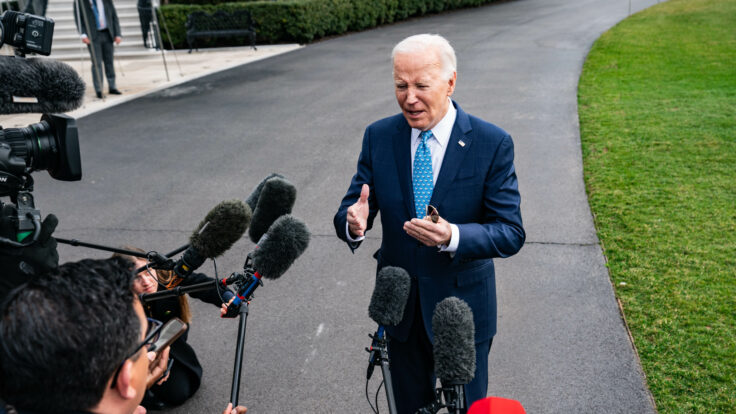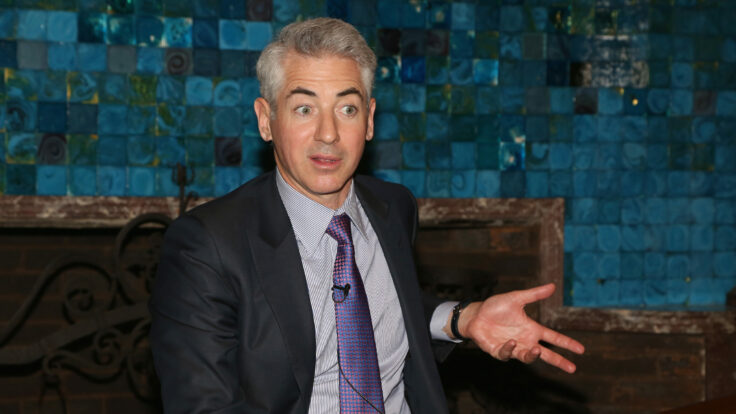Given the truly astronomical dry powder at their disposal, and the recitations every two years that this election is the most important of our lifetimes, I’m often surprised that America’s stratospheric mega-donor class doesn’t spend more of their wealth on political campaigns. Sure, the elites of Silicon Valley, New York, and L.A. can help bundle millions for their candidates and steer their networks to their preferred causes, but we don’t see the titans of capitalism spending hundreds of millions, let alone a few billion, on each election cycle, even when you include undisclosed dark money. I get it: the return on investment is iffy. But even here in Silicon Valley, home to so many frazzled liberal billionaires determined to suffocate the existential threat of Trumpism, the checks they cut can seem half-hearted, at least when judged against the size of their stock portfolios.
Yes, we are living in an age when individual candidates can build national fandoms and low-dollar fundraising bases that can obviate the pilgrimages to the mega-donors’ chalets or casinos. But the whales still play an enormous role in underwriting the outside groups that help determine who wins and who loses. This fall, for instance, Democrats are at serious risk of losing the Senate, an outcome that would significantly abridge the Biden agenda. (Democrats are highly likely to lose control of the House.) And despite the small-donor revolution that populists like Bernie Sanders unleashed, the party’s chances of success in Senate battlegrounds like Wisconsin, Pennsylvania and Arizona depend on their donors’ willingness to engage. The same, of course, is true on the right.
